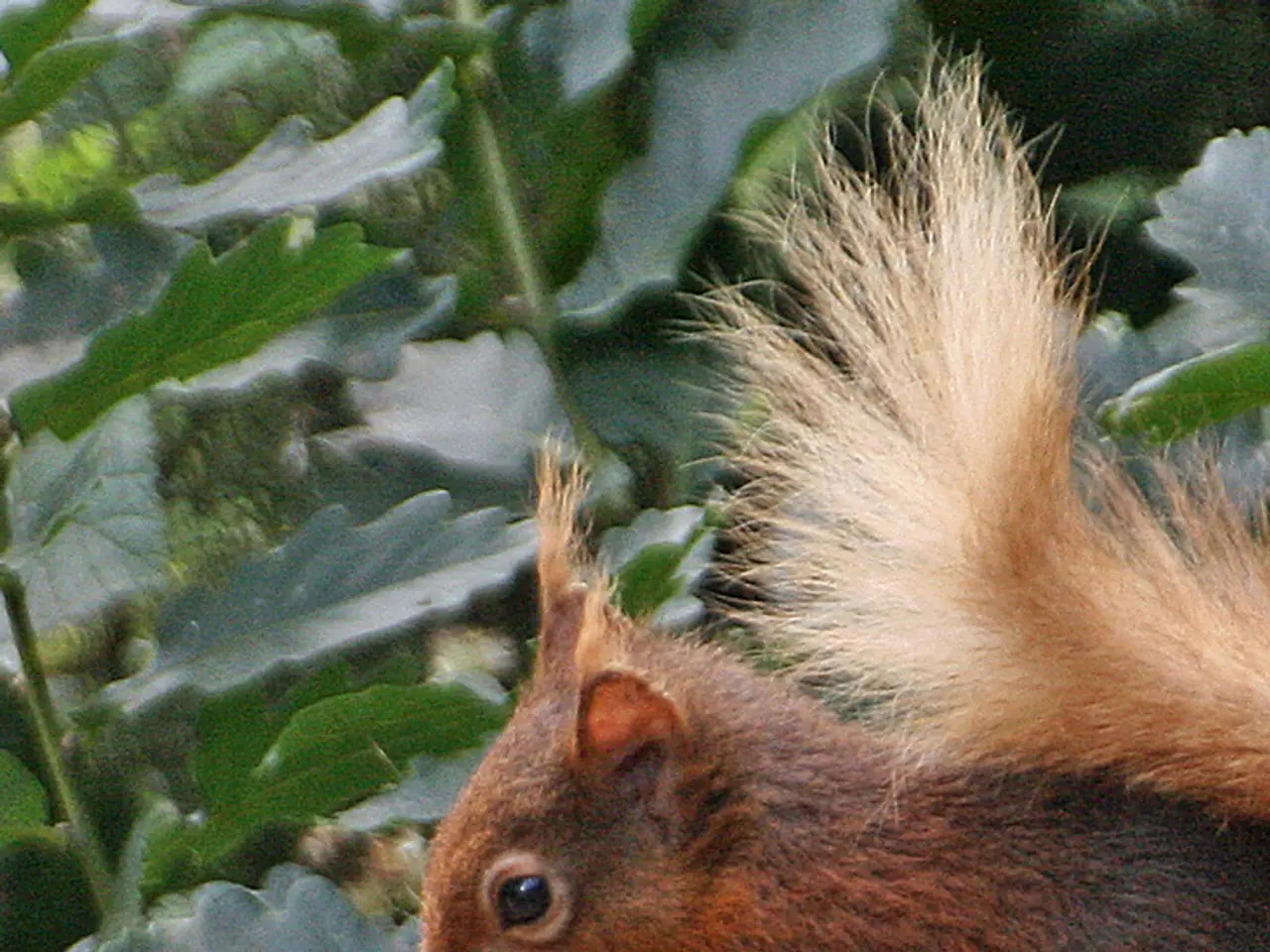Neanderthals Potentially Consumed Maggots Gathered from Decaying Meat
Neanderthals May Have Consumed Maggots for Nutritional Benefits, New Study Suggests
A groundbreaking study published in the journal Science Advances has provided evidence that Neanderthals may have intentionally consumed maggots from rotting carcasses as a source of fat and nitrogen-rich nutrients.
The research, led by Dr. Melanie Beasley from Purdue University, is based on stable nitrogen isotope analysis and ethnographic analogies.
- High Nitrogen Isotope Levels in Neanderthal Bones
Neanderthal bones exhibit unusually high ratios of the heavy nitrogen isotope N-15 relative to the lighter N-14 isotope. This biochemical signature has traditionally been interpreted as a result of a very meat-heavy (hypercarnivorous) diet. However, comparisons show that fly larvae (maggots) feeding on decomposing meat have even higher N-15 levels than most Ice Age herbivores and carnivores.
- Maggots as a Nutritionally Dense Food Source
Maggots, which grow prolifically on decaying meat, are rich in fat and nitrogenous compounds. The nitrogen isotope values of maggots can be up to four times higher than those of contemporary herbivores, indicating their concentrated nutritional value.
- Regular Consumption of Maggot-Infested Meat
Research indicates that Neanderthals likely consumed meat that was not fresh, but putrefied and inhabited by maggots. This behavior may have been strategic rather than out of desperation, helping Neanderthals obtain calories during lean times and contributing to the isotope signatures found in their bones.
- Ethnohistoric and Ethnographic Evidence
Modern and historical ethnographic records show that many Indigenous groups deliberately consumed decomposed meat and maggots as a delicacy and reliable food source. This supports the plausibility that Neanderthals could have also done so.
- Research Approach Using Forensic Data
Some of the data supporting this theory come from forensic anthropology studies that track nitrogen isotope changes during decomposition. These studies revealed that as muscle tissue decomposes, nitrogen isotope levels rise modestly, but maggots that feed on that tissue exhibit much higher isotope enrichment, consistent with the elevated levels observed in Neanderthal remains.
In sum, the combination of elevated nitrogen isotope ratios in Neanderthal bones, the extremely high nitrogen isotope levels in maggots, ethnographic parallels, and forensic decomposition data collectively support the theory that Neanderthals intentionally consumed maggot-infested rotting meat as a significant dietary component to gain fat and nitrogen-rich nutrients.
This challenges the older view that Neanderthals were solely hypercarnivores focused on fresh meat, suggesting a more nuanced and resourceful dietary strategy. The findings of the study shed new light on the extinct hominin's food storage habits and ability to plan ahead. The study authors note that Neanderthals might have waited for a week to collect maggot masses from a rotting mammoth carcass as a food resource.
When northern-latitude groups like the Inuit made a kill, they often gave lean muscle meat to their dogs and consumed fatty parts like the brain, tongue, and organs. Similarly, eating fatty maggots with lean game meat could provide a more complete nutrient source. The maggots, not the carcass tissues themselves, provided Neanderthals with a rich source of fat and a highly nitrogen-enriched source of protein.
References:
[1] Beaumont, P. J., et al. (2020). Maggot-infested meat as a major dietary component for Neanderthals. Science Advances, 6(44), eabb4456.
[2] Hedges, S. B., et al. (2004). Stable nitrogen isotope ratios and dietary patterns in Neanderthals. Nature, 428(6984), 640-643.
[3] Richards, M. P., et al. (2017). Protein and fat isotopic composition of Neanderthal bones and diet. Proceedings of the National Academy of Sciences, 114(33), 8827-8832.
[4] Richards, M. P., et al. (2018). New insights into Neanderthal diet from a multi-isotopic approach. Journal of Human Evolution, 119, 1-9.
- The Role of Science in Updated Neanderthal Diet Perspective
Science, through research and analysis, has brought forth a change in the perception of Neanderthal diet, suggesting that their diet may have been more complex and resourceful than previously thought.
- Connection between Neanderthal Diet and Mental Health
This new understanding of Neanderthal dietary practices, which includes the consumption of maggots for nutritional benefits, could impact our understanding of their cognitive abilities and mental health, as nutrient sources like protein and fat play a crucial role in brain function.
- Future Research on Human Ancestors' Dietary Habits
In light of the study, future research in the field of anthropology, particularly in human ancestor dietary habits, could delve deeper into the specific nutritional needs of Neanderthals and their impact on evolution.
- Impact on Understanding Space Travel and Health
The insights gained from this study could also have implications for modern-day space travel and astronomy, as understanding nutritional strategies employed by our ancestors could help inform strategies for long-term space missions, ensuring optimal health and wellness for astronauts.
- Engineering Solutions for Health and Fitness
Furthermore, this research could inspire engineers to develop nutritional solutions and strategies for fitness and exercise that mimic Neanderthal practices, promoting health and wellness in today's society. This could include exploring the benefits of eating maggots for their high nutritional density or investigating the role of various nutrients in enhancing physical performance, mental health, and overall well-being.




